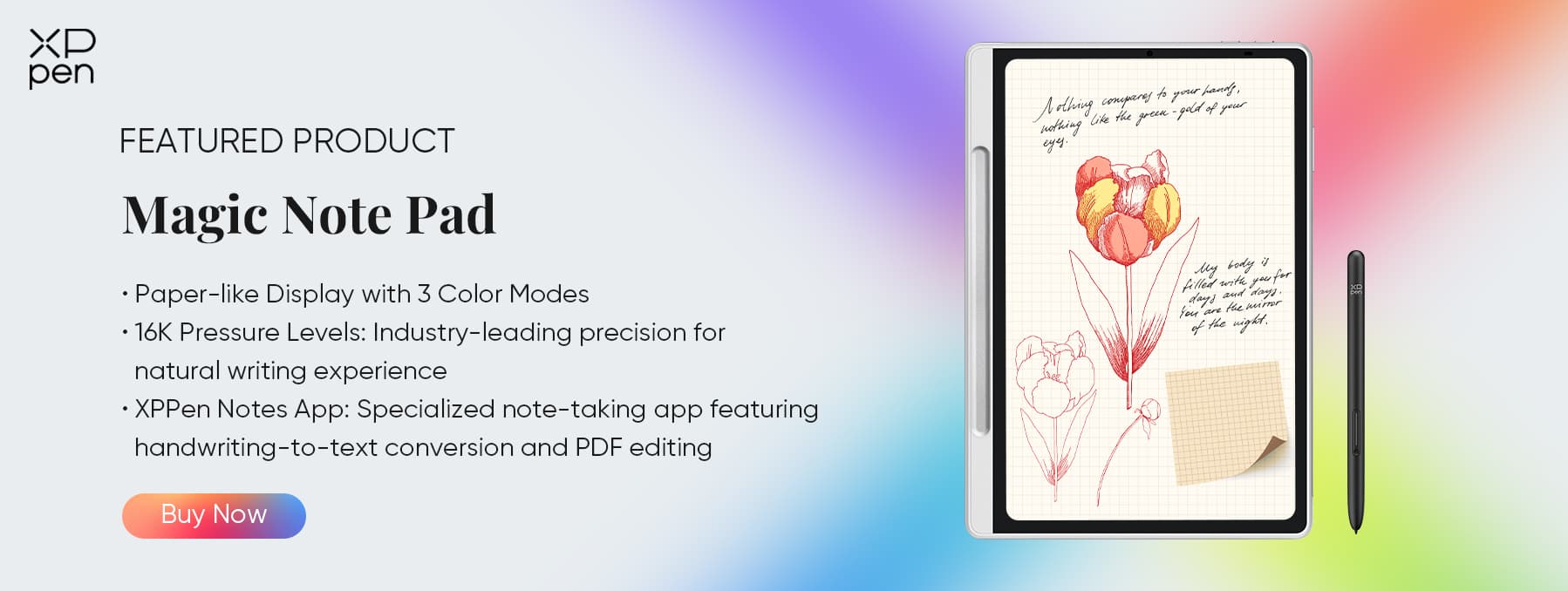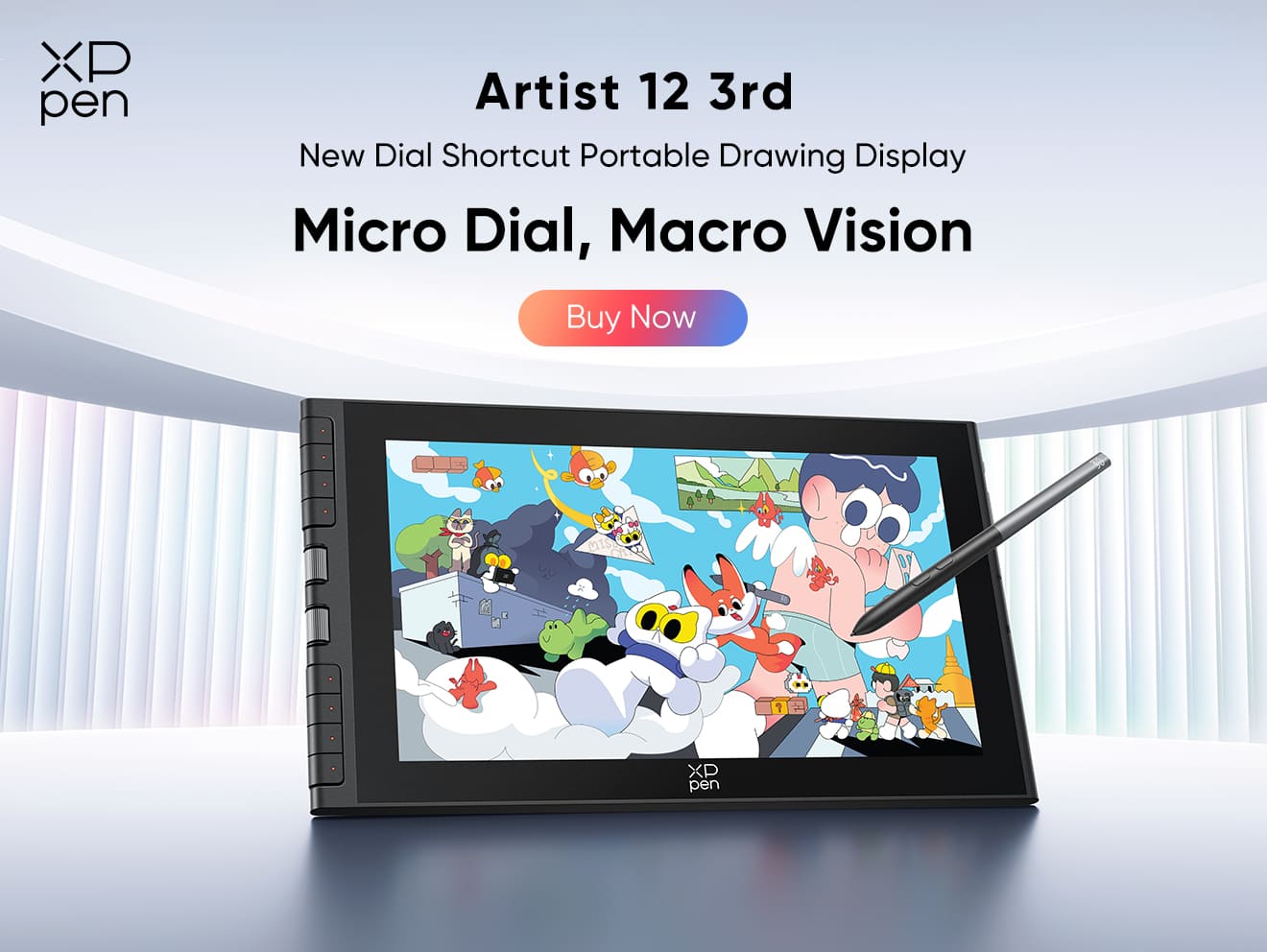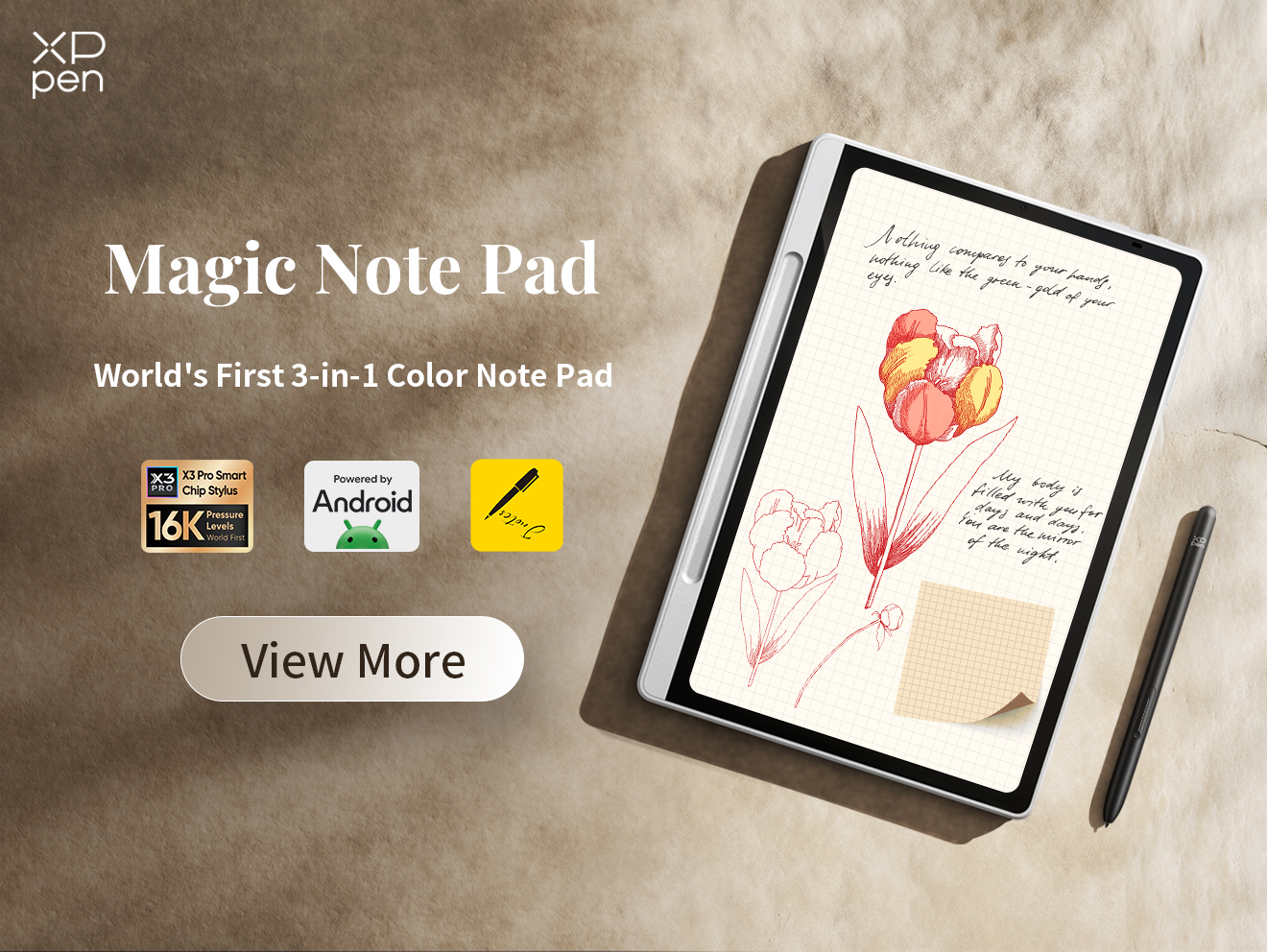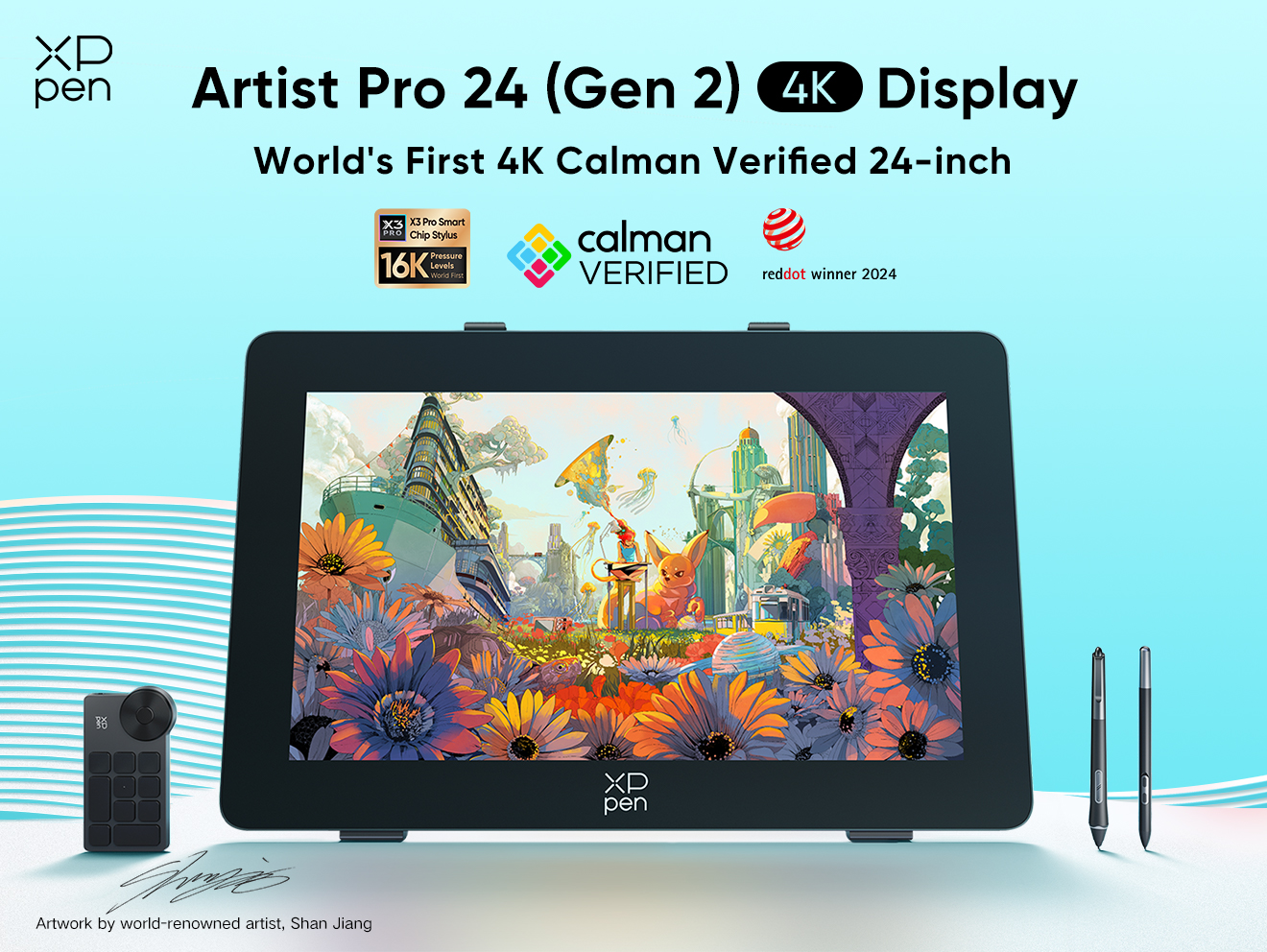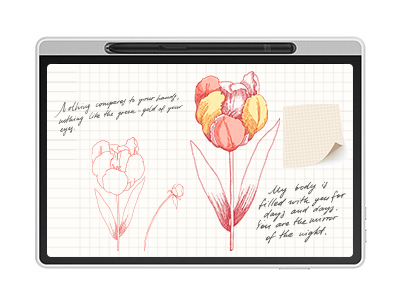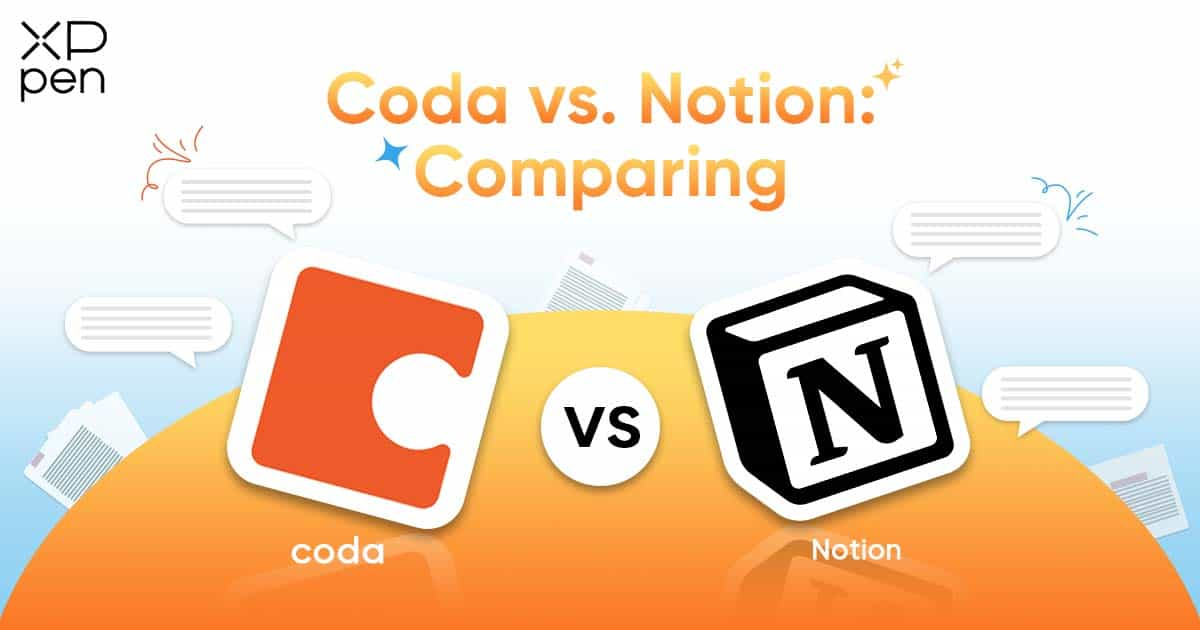
Coda vs. Notion: Comparing Two Powerful Collaboration Tools
TIPSIn today’s fast-paced digital work environment, collaboration tools are more than just digital notebooks—they are central hubs for planning, tracking, and building together. Among the most popular are Notion and Coda, both offering powerful, all-in-one platforms for team productivity. But which tool truly fits your workflow best? This article explores their philosophies, strengths, and differences to help you make an informed choice.
Core Philosophy: Document-First (Notion) vs. Building Blocks (Coda)
At their core, Notion and Coda approach collaboration from different angles.
Notion is document-first, emphasizing clean, beautiful pages where content is king. It feels like a hybrid between a notes app and a wiki, enabling users to write, embed, and organize content with intuitive simplicity.
Coda, on the other hand, operates on a building-block philosophy. Think of it as a fusion of a document, spreadsheet, and app. Every page in Coda can evolve into a full-fledged interactive system—with buttons, conditional logic, and user inputs—without leaving the document space.
Features and Capabilities: Databases, Automations, and More
Databases:Both tools offer powerful database capabilities. Notion’s databases are deeply integrated into its pages, making it easy to create views like tables, calendars, and kanban boards. Coda, however, treats tables as its core building block and supports more advanced formulas and linked data manipulation, giving it an edge in structured data handling.
Automations:Coda shines in automation. With Coda Packs, users can integrate third-party tools like Slack, Gmail, and GitHub, and automate workflows with custom triggers and actions. Notion recently introduced Notion ****Automations, but its functionality remains more limited compared to Coda’s mature system.
Templates and Widgets:Notion has an extensive template gallery contributed by its community, while Coda provides powerful templates with dynamic capabilities, often resembling mini-apps rather than just static pages.
Team Collaboration: Sharing, Commenting, and Real-Time Editing
Both tools support real-time collaboration, commenting, and permission management, making them suitable for small teams or large organizations.
Notion stands out for its intuitive user experience, making onboarding easier for non-technical users. Its UI/UX design encourages creativity and is visually appealing for content-heavy projects.
Coda, while slightly more complex, excels in collaborative functionality for technical teams, especially those looking to manage complex workflows or replace traditional spreadsheets.
Customization and Integrations
Coda offers deep customization with logic-based controls, formulas, buttons, and third-party Pack integrations. It's more modular and programmable, allowing users to create interactive apps without code.
Notion is more aesthetically customizable, with an emphasis on layout, visual hierarchy, and rich media. It supports integrations with tools like Slack, Figma, and GitHub, though with less flexibility than Coda’s Packs.
When Structure Meets Creativity: Integrating XPPen Magic Note Pad for Better Input
For creative professionals and visual thinkers, hardware like the XPPen Magic Note Pad bridges the gap between analog and digital input. Whether sketching mind maps, wireframing interfaces, or annotating documents, the XPPen integrates seamlessly with both Coda and Notion workflows.
The XPPen Magic Note Pad features a battery-free stylus, paper-like writing experience, handwriting-to-text conversion, cloud-based note synchronization, and instant-on writing functionality. It offers creative professionals a more natural and efficient way to capture ideas—allowing them to write as effortlessly as with pen and paper, while enjoying the convenience of digital technology.
In Notion, artists and designers can insert sketches directly into pages, turning creative inputs into shareable knowledge.
In Coda, visuals from the XPPen can be paired with data-driven components, making meetings and brainstorms more dynamic.
This hardware-software synergy enriches the collaborative process—transforming static documents into multi-sensory collaboration spaces.
Use Case Comparison: Which Tool Fits Your Team
| Team Type | Notion | Coda |
|---|---|---|
| Content & Marketing | ✅ Beautiful layouts, publishing-friendly | ⚠️ Might be over-engineered |
| Product & Engineering | ⚠️ Good for docs, limited logic | ✅ Advanced logic, integrations, automation |
| Design & Creatives | ✅ Great for visuals, flexible pages | ✅ Interactive elements with embeds |
| Project Management | ✅ Visual boards, timelines | ✅ Automations, advanced tracking |
| Startups & Strategy | ✅ Fast setup, elegant UI | ✅ Custom systems, all-in-one dashboard |
Conclusion: Blending Creation and Collaboration for the Ultimate Workflow
Notion and Coda both elevate team collaboration, each with its unique flavor. Notion is elegant, accessible, and content-driven—perfect for teams that value design and clarity. Coda is dynamic, modular, and logic-rich—ideal for those building systems within documents.
When paired with tools like the XPPen Magic Note Pad, your team can unlock even greater synergy between creativity and structure. Whether you prefer beautiful documentation or powerful interactivity, the best tool is the one that fits how your team thinks and works.
About Us
Founded in 2005, XPPen is a leading global brand in digital art innovation under Hanvon UGEE. XPPen focuses on the needs of consumers by integrating digital art products, content, and services, specifically targeting Gen-Z digital artists. XPPen currently operates in 163 countries and regions worldwide, boasting a fan base of over 1.5 million and serving more than ten million digital art creators.
Learn moreRecommended Articles
TIPS Top Notion Alternatives in 2025: Best Free, Open Source & Self-Hosted Options TIPS Obsidian vs. Notion: Which Note-Taking App is Right for You? KNOWLEDGE How to Use Notion: The Ultimate Workspace for Teams and IndividualsLooking for the Best Drawing & Design Apps?
Discover essential drawing techniques, expert tips, and the best app recommendations to boost your creativity and master digital art.
